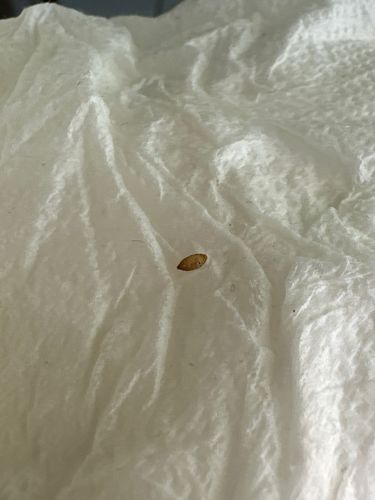Bed Bug
Scientific Name: Cimex lectularius
Order & Family: Hemiptera: Cimicidae
Size: Adults are typically 4-5 mm long, about the size of an apple seed. Nymphs are smaller and can be translucent.

Natural Habitat
Primarily found in human dwellings, hiding in cracks and crevices of mattresses, box springs, bed frames, headboards, furniture, and behind wallpaper, especially near sleeping areas.
Diet & Feeding
Exclusively feeds on the blood of warm-blooded animals, with a strong preference for humans. They are hematophagous.
Behavior Patterns
Nocturnal insects that emerge from their hiding spots at night to feed on sleeping hosts. They are attracted to body heat and carbon dioxide. After feeding, they retreat to their harborages to digest, mate, and lay eggs. They undergo incomplete metamorphosis (egg, nymph, adult).
Risks & Benefits
Risks: Bed bug bites can cause itchy, red welts, skin irritation, allergic reactions, and secondary skin infections from scratching. Infestations can lead to significant psychological distress, anxiety, and insomnia. They are not known to transmit diseases to humans. Benefits: No known benefits; they are considered a significant public health pest.
Identified on: 11/16/2025